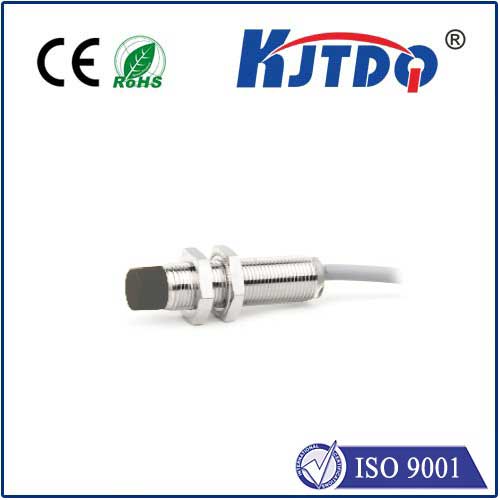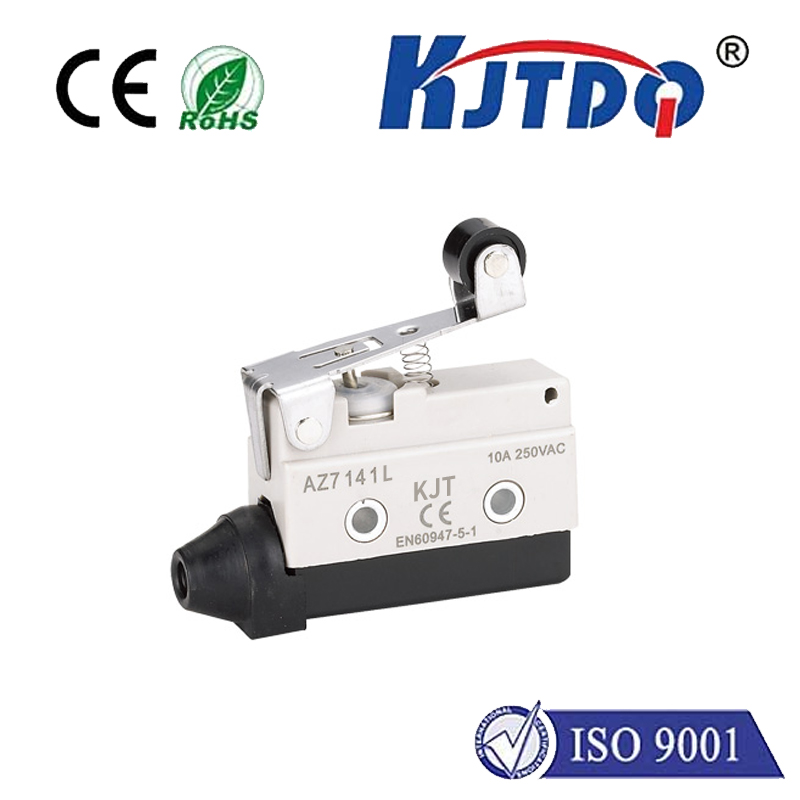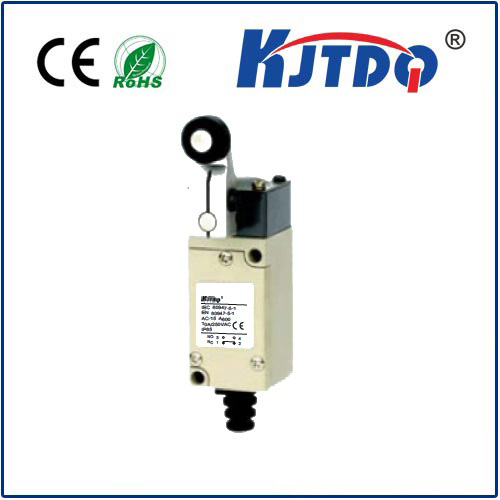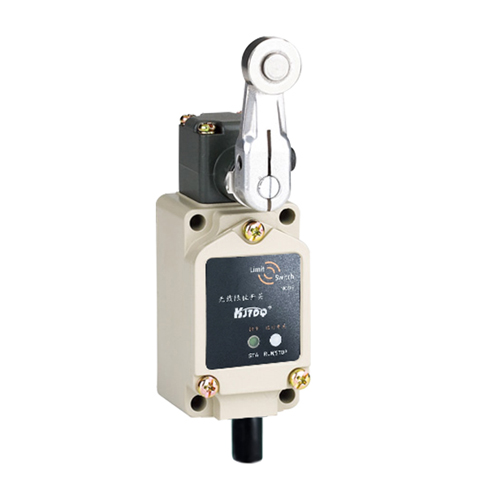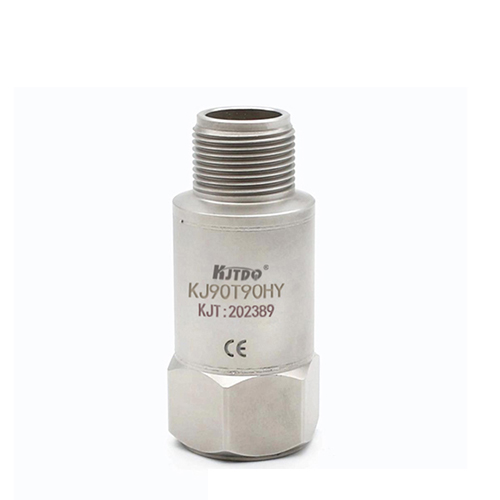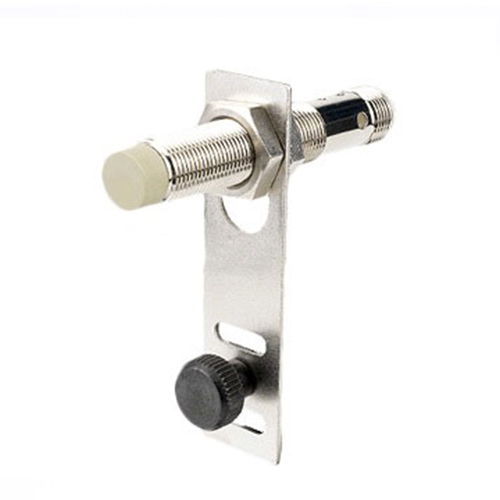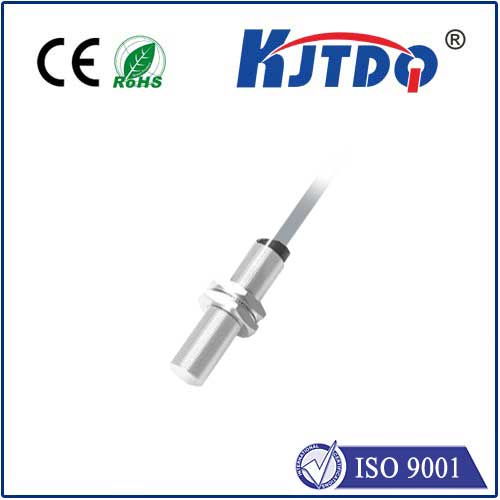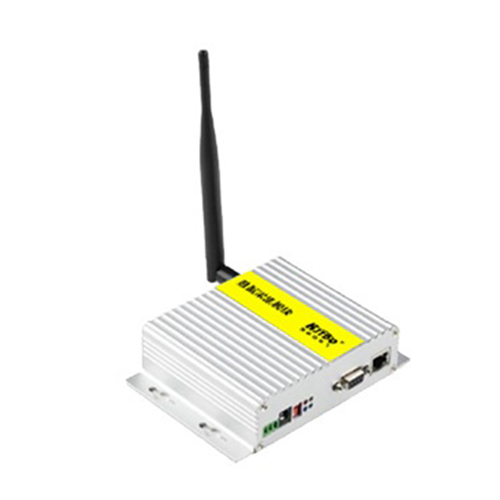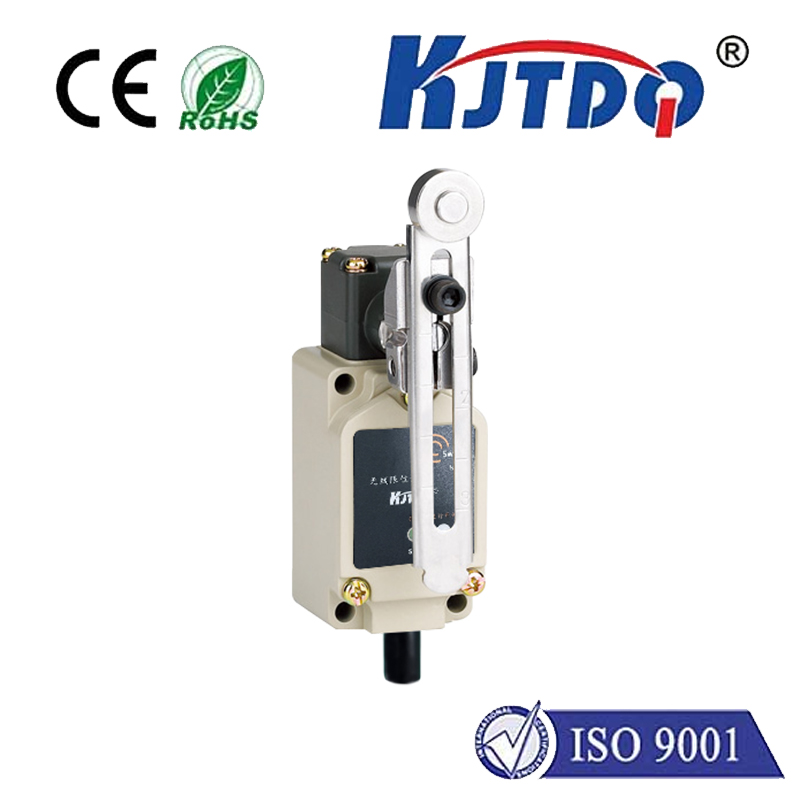

check

check

check

check

check

check

check

check

check

check

Title: The Innovative Impact of Radar Proximity Sensors in Modern Technology In an era where technology continuously advances at a rapid pace, radar proximity sensors have emerged as game-changers across various industries. As a crucial component in the realm of sensor technology, radar proximity sensors are revolutionizing how we interact with our environment by enabling more precise and reliable detection of objects. This article delves into the innovative impact these sensors are having on modern technology, exploring their applications and benefits while underscoring why they have become indispensable. Understanding Radar Proximity Sensors Radar proximity sensors are electronic devices that measure the distance or range to an object using radio waves. Unlike other types of proximity sensors such as inductive or capacitive sensors, radar proximity sensors operate based on the time-of-flight principle. A radar signal is emitted from the sensor towards the target object, and upon hitting the object, the signal bounces back to the sensor. By measuring the round-trip time of the signal, the sensor can calculate the distance to the object with high precision. Advantages Over Traditional Sensing Methods The adoption of radar proximity sensors over traditional sensing methods comes with numerous advantages. Firstly, they offer non-contact measurement, which minimizes wear and tear on both the sensor and the object being measured. Secondly, radar proximity sensors are immune to environmental factors such as dust, moisture, and light variations, making them ideal for harsh industrial environments. Additionally, they provide a high level of accuracy and repeatability even over long distances, enhancing their versatility and reliability. Applications in Industry and Automation In the industrial sector, radar proximity sensors are employed in a multitude of applications, ranging from material level measurement in silos and tanks to conveyor belt control and obstacle detection in automated guided vehicles (AGV). These sensors contribute to improving operational efficiency by enabling real-time monitoring and automation of processes without human intervention. For instance, in logistics and warehousing, radar proximity sensors facilitate the precise handling and sorting of goods, leading to faster processing times and reduced error rates. Revolutionizing Automotive Technology The automotive industry has also greatly benefited from the integration of radar proximity sensors. They play a vital role in advanced driver assistance systems (ADAS), such as collision avoidance, adaptive cruise control, and blind spot detection. By providing accurate data about the vehicle’s surroundings, these sensors enhance safety features and pave the way towards fully autonomous driving. With the ongoing development of smarter and more efficient radar systems, the future holds exciting prospects for safer and more intelligent transportation solutions. Smart Home and Building Automation In residential and commercial buildings, radar proximity sensors are transforming the concept of automation and convenience. They find applications in smart lighting systems that adjust illumination based on occupancy and movement, as well as in security systems that detect intrusions or unauthorized access. By incorporating these sensors into building management systems, energy consumption can be optimized, contributing to cost savings and sustainable living practices. Conclusion Radar proximity sensors represent a significant leap forward in sensing technology, offering unparalleled accuracy, durability, and versatility. Their ability to function effectively in diverse environments without being affected by external conditions makes them indispensable in today’s technology-driven world. As research and development continue to push the boundaries of what these sensors can achieve, we can anticipate even broader applications and further integration into everyday life, ultimately leading to enhanced productivity, safety, and convenience across various sectors.
